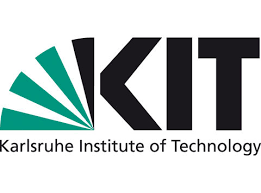Karlsruhe Institute of Technology: Quantum technology: New process allows adaptable superconducting quantum bits
In order to build a quantum computer that has significantly higher computing speeds than conventional computers, one needs quantum bits or qubits as information storage. Superconducting qubits have a similar structure to computer chips, but require very low temperatures to operate, because only then do they lose their electrical resistance and become superconducting. An international research team with the participation of the Karlsruhe Institute of Technology (KIT) has now treated wires on the nanometer scale with a new process and lowered the electrical resistance in a controlled manner with targeted electrical impulses. The results were published in the journal ACS Nano .
The granular nanowires are made up of very small aluminum grains with a diameter of four nanometers, which are surrounded by an insulating aluminum oxide layer about one nanometer thick. “The new method for changing the nanowire resistance allows some parameters of the qubits to be readjusted, so to speak, and this even during operation at low temperatures,” explains Hannes Rotzinger from KIT. “The process could be advantageous for complex quantum computer circuits.”
Depending on the strength of the electrical impulses applied, insulating, conductive and superconducting behavior could be observed at low temperatures. Although superconductors do not yet play a role in (everyday) electronics, there are microelectronic circuits in which the electrical resistance of the component must be precisely adjusted. With nanowire technology, this could possibly be achieved in a more space-saving and simpler way than with previously widespread methods. The Physics Institute and the Institute for Quantum Materials and Technologies of KIT, MISIS University Moscow and RMIT University in Melbourne were involved in the study.

